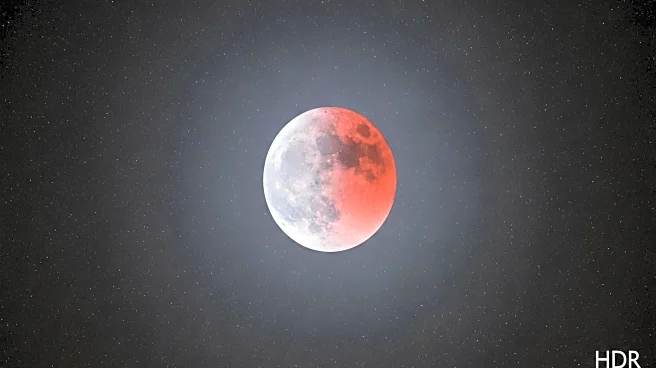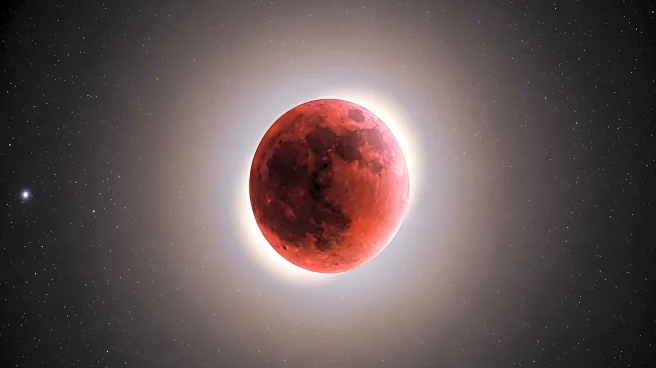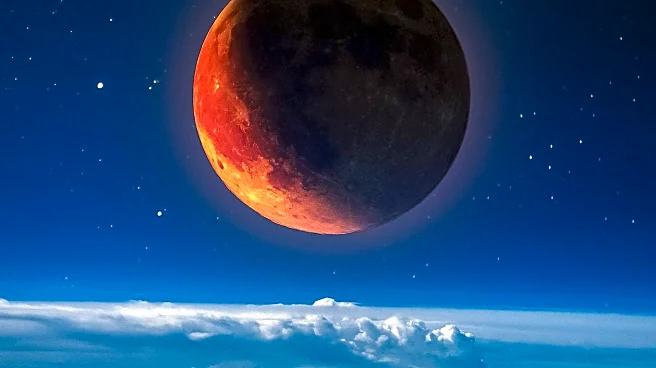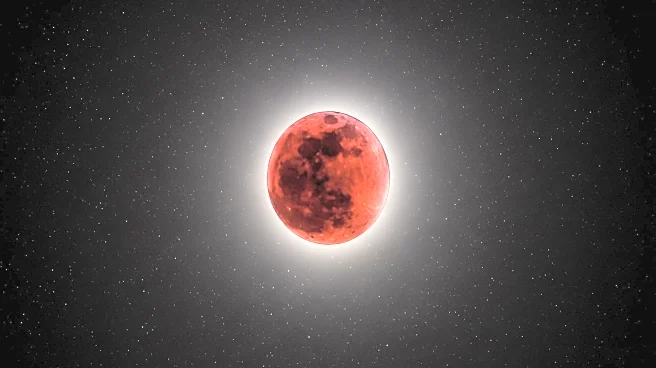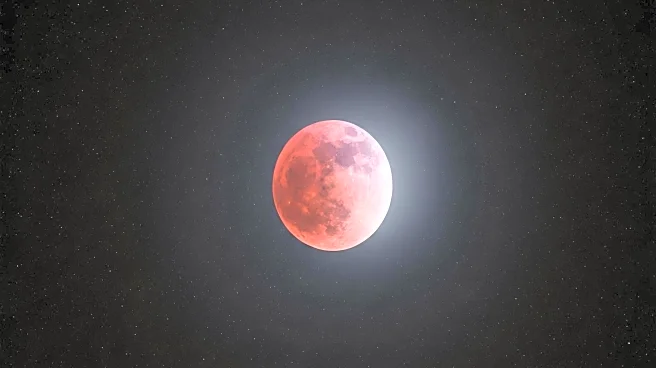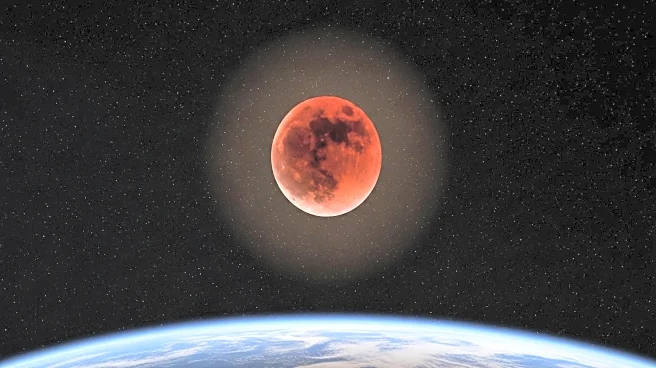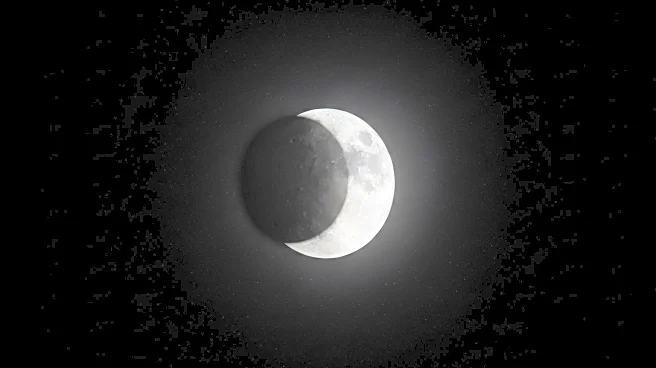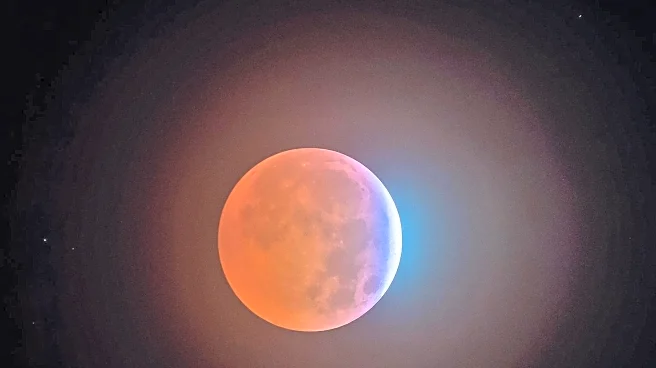What's Happening?
The September corn moon, set to rise on September 7, will coincide with a total lunar eclipse, transforming it into a blood moon. This astronomical event occurs when the moon passes into Earth's shadow, causing it to appear reddish. The eclipse will be visible in parts of Australia, India, Cairo, and South Africa, but not in North America. The corn moon is named for its timing with the corn harvest in the northern U.S.
Why It's Important?
The transformation of the corn moon into a blood moon during a total lunar eclipse is a rare and visually striking event that captures public interest in astronomy. Although not visible in North America, it highlights the interconnectedness of global astronomical phenomena. Such events can drive educational initiatives and public engagement with science, fostering a deeper understanding of celestial mechanics. The cultural significance of the corn moon also ties into agricultural traditions, emphasizing the relationship between natural cycles and human activities.
What's Next?
While the September lunar eclipse will not be visible in North America, the next total lunar eclipse observable in the U.S. will occur on March 2-3, 2026. This future event provides an opportunity for planning educational programs and public viewings. The anticipation of such celestial events can stimulate interest in astronomy and science education, encouraging communities to engage with the night sky and explore its wonders.
